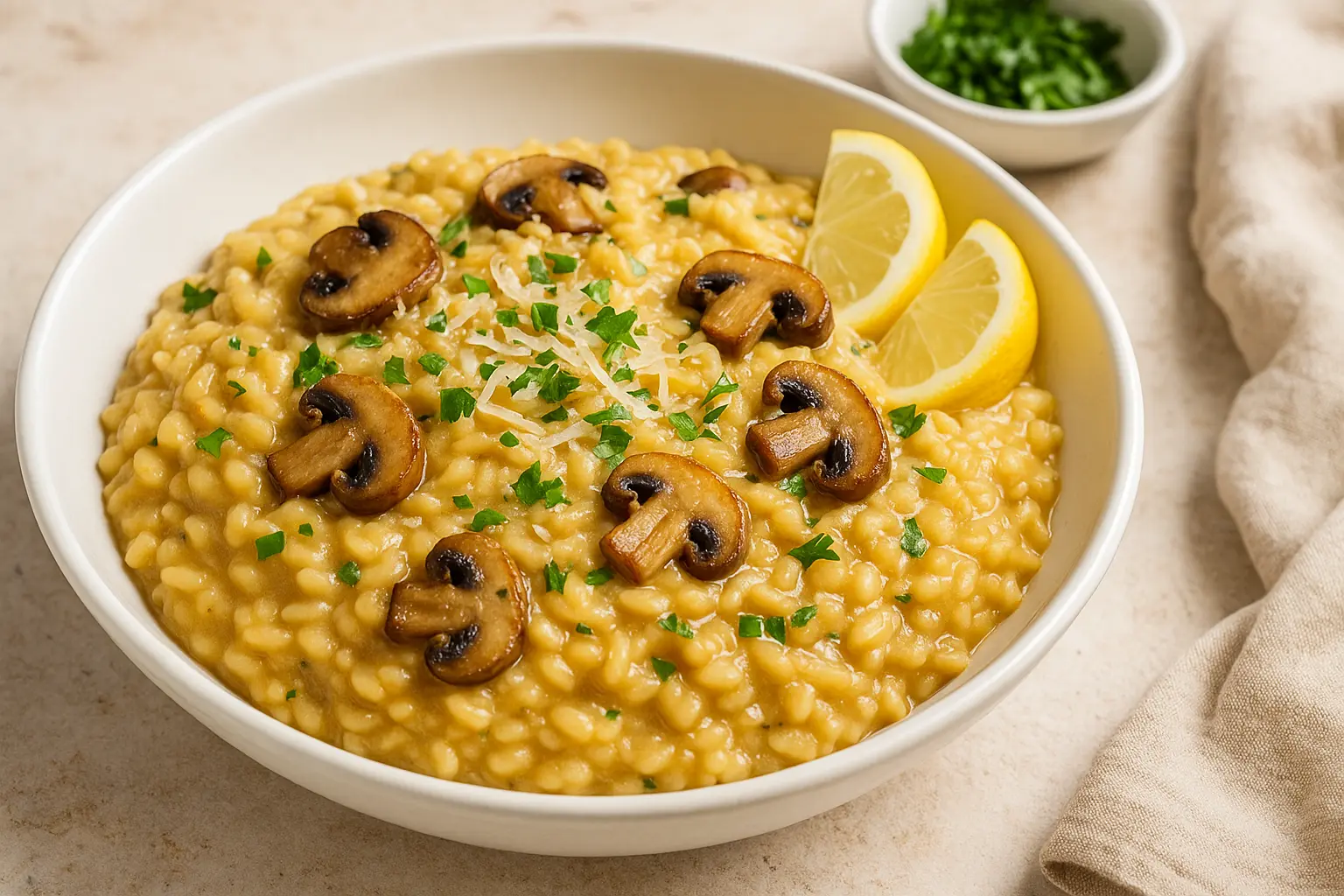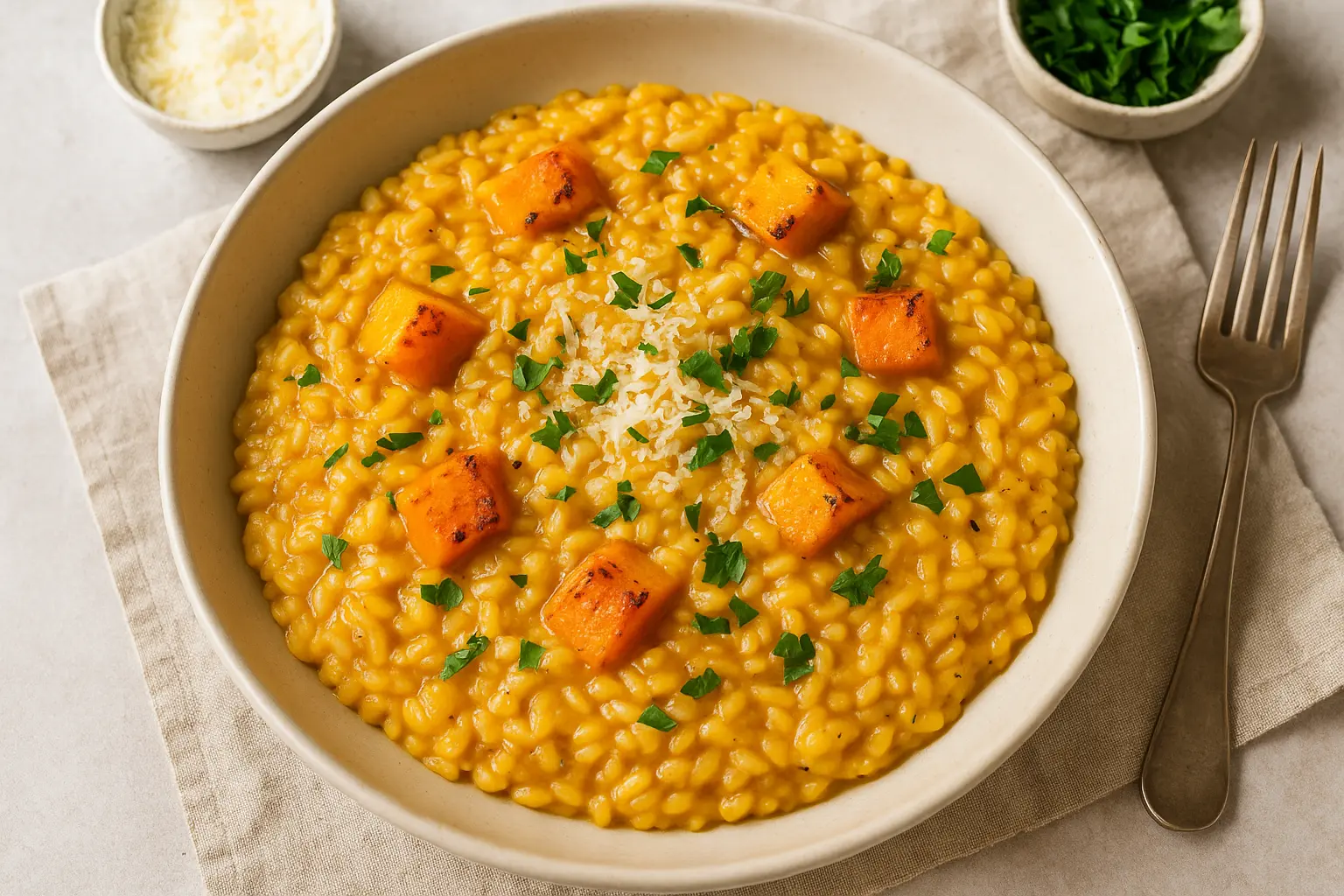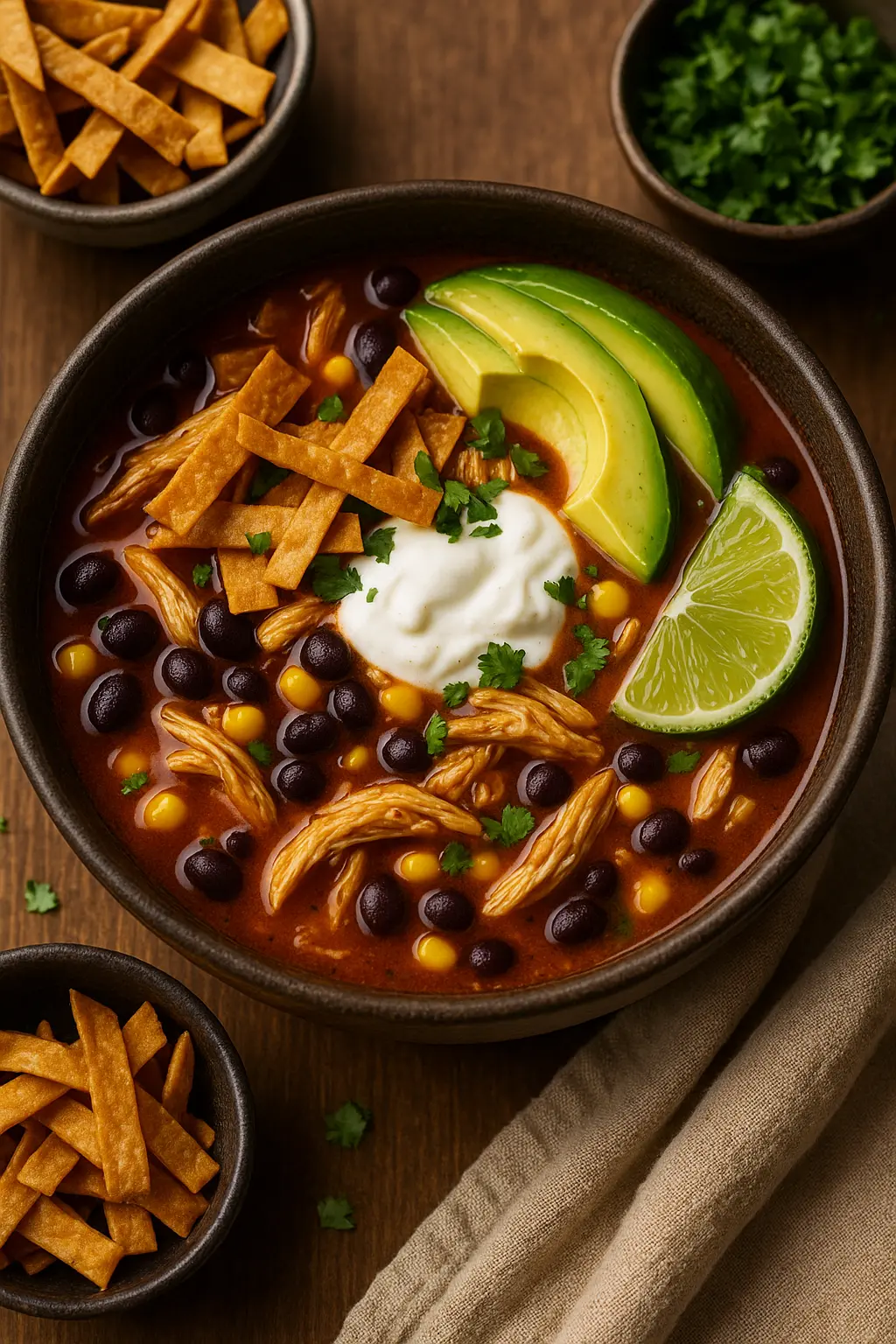Risotto is one of the most beloved Italian comfort dishes. Creamy, luxurious, and deeply satisfying, it’s a versatile rice-based meal that allows endless variations. From the traditional saffron-infused risotto alla Milanese to modern interpretations that incorporate pumpkin, seafood, or even Asian-inspired flavors, risotto continues to charm food lovers around the globe.
In this comprehensive guide, we’ll explore the origins of risotto, the key techniques to master it, essential ingredients, and then dive into a wide array of recipes—from timeless classics to imaginative twists that bring new life to the dish.

📖 Table of Contents
The History of Risotto
What Makes a Perfect Risotto
Choosing the Right Rice
Stock and Seasoning
Stirring Technique
Timing and Texture
Classic Italian Risotto Recipes
Risotto alla Milanese (Saffron Risotto)
Mushroom Risotto
Risotto al Barolo (Red Wine Risotto)
Risotto ai Frutti di Mare (Seafood Risotto)
Risotto al Limone (Lemon Risotto)
Creative Twists on Risotto
Pumpkin & Sage Risotto
Truffle Oil and Asparagus Risotto
Risotto with Asian Fusion (Soy, Ginger, Sesame)
Beetroot Risotto with Goat Cheese
Spicy Chorizo & Roasted Pepper Risotto
Risotto for Special Diets
Vegan Risotto with Cashew Cream
Gluten-Free Risotto Ideas
High-Protein Risotto with Lentils & Chicken
Tips for Hosting with Risotto
Common Mistakes and How to Avoid Them
Make-Ahead and Leftover Risotto Ideas
Final Thoughts
1. The History of Risotto
Risotto has its roots in Northern Italy, particularly in the Lombardy and Piedmont regions, where rice paddies thrive thanks to fertile plains and abundant water. The dish emerged in the 16th century when rice, imported from Asia centuries earlier, became a staple crop in the Po Valley.
The earliest risottos were simple: rice cooked with broth until creamy. Over time, local ingredients—such as saffron in Milan, red wine in Piedmont, and seafood in coastal towns—transformed risotto into a dish of cultural significance.
Today, risotto is a symbol of Italian culinary artistry, celebrated worldwide for its comforting texture and ability to highlight seasonal ingredients.
2. What Makes a Perfect Risotto
Choosing the Right Rice
The foundation of risotto lies in its rice. Short-grain varieties with high starch content are ideal:
Arborio – The most common, easy to find, and forgiving.
Carnaroli – Often called the “king of risotto rice” for its ability to stay firm while achieving creaminess.
Vialone Nano – Smaller grains, producing an especially creamy risotto, popular in Veneto.
Stock and Seasoning
The soul of risotto comes from the stock. Homemade chicken, beef, or vegetable stock elevates the dish, though high-quality store-bought options can work in a pinch. The stock should be warm and added gradually, allowing the rice to release starch while absorbing flavor.
Stirring Technique
Risotto demands attention. Stirring helps release starch, ensuring the creamy consistency. While constant stirring isn’t always necessary, frequent stirring is key.
Timing and Texture
The perfect risotto is al dente: creamy yet with grains that retain a slight bite. Overcooking leads to mushy results, while undercooking leaves the rice hard.
3. Classic Italian Risotto Recipes
Risotto alla Milanese (Saffron Risotto)
A luxurious golden risotto infused with saffron threads. Traditionally paired with osso buco, but stunning on its own.
Ingredients: Arborio rice, chicken stock, onion, white wine, butter, saffron, Parmesan.
Key Flavor Note: Rich, aromatic, and delicately floral.
Mushroom Risotto
Earthy and comforting, showcasing porcini or mixed wild mushrooms.
Ingredients: Arborio rice, porcini mushrooms (fresh or dried), shallots, garlic, white wine, Parmesan, butter, parsley.
Key Flavor Note: Deep umami with creamy richness.
Risotto al Barolo (Red Wine Risotto)
A specialty from Piedmont, using robust Barolo wine to impart bold flavor and color.
Ingredients: Carnaroli rice, Barolo wine, beef stock, onion, Parmesan.
Key Flavor Note: Intense, hearty, and slightly tannic.
Risotto ai Frutti di Mare (Seafood Risotto)
A coastal favorite combining prawns, mussels, clams, and calamari.
Ingredients: Arborio rice, seafood mix, fish stock, garlic, tomatoes, parsley.
Key Flavor Note: Light yet indulgent with briny notes.
Risotto al Limone (Lemon Risotto)
Bright and refreshing, perfect for spring and summer.
Ingredients: Arborio rice, lemon zest, vegetable stock, white wine, Parmesan, olive oil.
Key Flavor Note: Tangy, light, and aromatic.
4. Creative Twists on Risotto
Pumpkin & Sage Risotto
Creamy pumpkin puree with fragrant sage, ideal for autumn.
Truffle Oil and Asparagus Risotto
A spring delicacy elevated with truffle oil’s luxurious aroma.
Asian Fusion Risotto
Incorporating soy sauce, ginger, sesame, and bok choy for an East-meets-West flavor.
Beetroot Risotto with Goat Cheese
Visually stunning with vibrant pink hues and tangy goat cheese crumbles.
Spicy Chorizo & Roasted Pepper Risotto
Bold, smoky, and hearty, perfect for winter nights.
5. Risotto for Special Diets
Vegan Risotto with Cashew Cream – Replaces butter and cheese with creamy cashew sauce.
Gluten-Free Risotto – Naturally gluten-free when stock and seasonings are chosen carefully.
High-Protein Risotto – Incorporating chicken, lentils, or even tofu for added nutrition.
6. Tips for Hosting with Risotto
Cook risotto for guests by par-cooking (¾ done), then finish with hot stock when serving.
Pair with Italian wines: crisp whites like Pinot Grigio or robust reds like Barbera.
Serve risotto as a primo piatto (first course) in Italian tradition or as a main dish.
7. Common Mistakes and How to Avoid Them
Using the wrong rice (avoid long-grain).
Adding all stock at once instead of gradually.
Overcooking until mushy.
Skipping the final mantecatura (finishing with butter and Parmesan).
8. Make-Ahead and Leftover Risotto Ideas
Shape leftovers into arancini (fried risotto balls).
Use risotto cakes for brunch topped with eggs.
Add leftover risotto to soups for extra creaminess.
9. Final Thoughts
Risotto is more than just rice—it’s an experience of patience, technique, and flavor. From traditional recipes like risotto alla Milanese to bold, creative twists such as beetroot or chorizo risotto, the possibilities are endless. By mastering the basics and experimenting with seasonal or global ingredients, you can make risotto a staple of your culinary repertoire.
Leave a comment
Your email address will not be published. Required fields are marked *




















